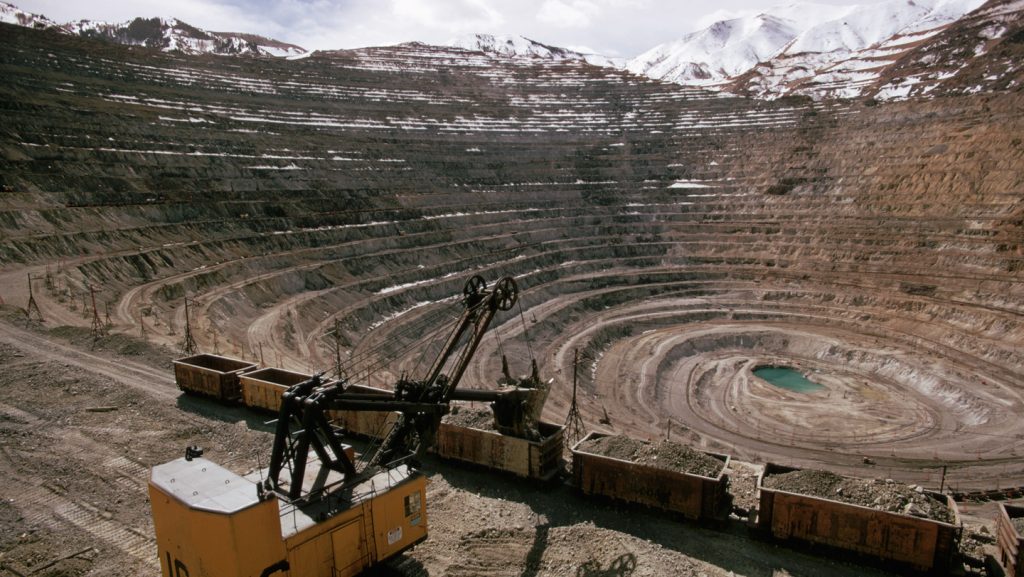The Hidden Treasure in America’s Mining Waste
In the vast landscapes of American mining operations, a silent wealth of valuable metals is being discarded daily. A recent study published in Science on August 21 reveals a striking insight: the United States could significantly reduce its dependence on imported metals by recovering even a small fraction of the metals currently being treated as waste in mining operations. This overlooked potential represents not just an economic opportunity but a more sustainable approach to resource management in an increasingly resource-constrained world.
Mining operations typically focus on extracting a single valuable metal, treating the ore as a one-dimensional resource. However, nature rarely deposits metals in isolation. When miners dig for gold, copper, or iron, they inevitably unearth ore containing a complex mixture of other valuable elements. These by-product elements are usually relegated to waste piles or tailings ponds, becoming increasingly difficult to recover as time passes. Meanwhile, the United States spends hundreds of billions of dollars annually importing these very same metals from other countries, creating an economic paradox of discarding what we later pay dearly to import.
“We’re used to skimming cream off the top,” explains Elizabeth Holley, a mining geologist from the Colorado School of Mines in Golden. “We need to be better at recovering more from what we’re using.” This statement captures the essence of the current inefficient approach to mining. The new study represents the first comprehensive assessment focusing specifically on the rock that has already been mined rather than future deposits. Holley and her colleagues conducted an extensive analysis of production data from permitted mining operations on U.S. federal land, examining more than 26,000 ore samples that had been analyzed for 70 different elements. Their findings paint a picture of enormous untapped potential.
The research reveals that for many critical elements, recovering just 1 percent—or even less—of what’s currently being mined, processed, and then discarded could replace what the U.S. currently imports. These include rare earth elements essential for manufacturing lights, magnets, and batteries; gallium for semiconductors; and tellurium for solar energy and metal alloy production. For other important metals like lithium, cobalt, iron, and aluminum, recovering less than 10 percent of what’s in discarded ores could eliminate the need for imports entirely. This represents an extraordinary opportunity to create a more self-sufficient resource economy while reducing the environmental impact of both mining and waste storage.
What makes this opportunity particularly attractive is the relative speed with which recovery methods could be developed compared to opening new mines. Traditional mining requires years of exploration, permitting, and development before a single ounce of metal is produced. In contrast, the materials targeted by this research have already been extracted from the earth—they’re sitting in waste piles at existing mining operations. Developing efficient recovery technologies could potentially bring these resources to market much more quickly than developing new mines, while also reducing the environmental footprint of the mining industry by making better use of already-disturbed land.
“By-product recovery, for many elements, is a low hanging fruit,” Holley emphasizes. “We already have what we need.” This simple statement encapsulates both the challenge and opportunity facing the mining industry and resource planners. The metals needed to support renewable energy, electronics, defense technologies, and countless other applications are literally sitting in waste piles across America. By shifting perspective from a single-metal extraction mindset to a more holistic view of ore as a multi-element resource, mining companies and policymakers could transform what is currently considered waste into valuable assets, strengthening domestic supply chains, creating new jobs, and reducing environmental impacts. The research suggests that sometimes the most valuable resources are hiding in plain sight—we just need to change how we look at them.


